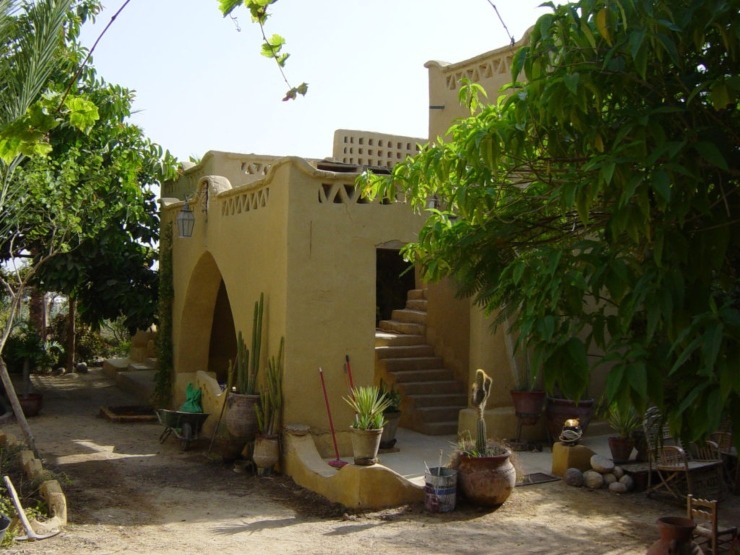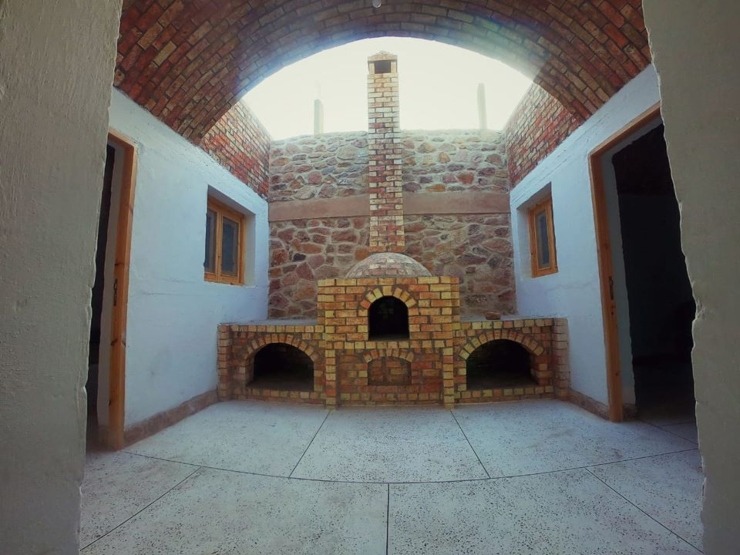Clear skies and low levels of gas emissions are being noticed around the globe. The internationally-implemented coronavirus lockdown seems to be having a positive impact on the environment, and the global air quality is being boosted significantly. For example, recent NASA satellite images for China, one of the world’s top traders and industrialized countries, showed a considerable decrease in nitrogen dioxide (NO2) during its full lockdown last February. This gas is produced by fossil fuel burning and it is one of the main causes of global warming.
Industrial pollution is also dropping dramatically across Europe, but unfortunately, this environmental breakthrough wouldn’t last for long. As soon as everything is back to normal, atmospheric pollution levels will increase and climate change issues will continue to escalate.
On the other hand, this temporary environmental change must make us, both as individuals and collectively, stop and reconsider our everyday life choices. There are tons of handy and reasonable eco-friendly alternatives to our unsustainable lifestyles, and they will definitely have a positive impact on our future.

Let’s start with where we live, our homes. Living in an environmentally friendly house will not only save the environment, but it will also have a significant impact on your personal wellbeing. When you breathe natural, clean air, get a lot of natural lighting, and have efficient energy sources, you will avoid a lot of health issues, and there are other economic and environmental benefits that you will get without exerting any extra effort.

So what exactly is an eco-friendly or green building? It is simply a building designed and constructed in a way that reduces our negative impact on the environment. It is usually built with recyclable or natural materials that have been locally sourced, and should have good indoor air quality and efficient use of energy and water, or ideally even, the use of renewable energy.
It is commonly said that this style of building is expensive or not feasible, but it is actually cheaper than modern methods and materials. Its efficiency has been proven through different projects that are standing intact, regardless of any weather conditions, for years now. For example, The Egyptian architect Adel Fahmy has a long history in building with natural materials, like clay, and he is offering all the information you need on his website.

Eco-friendly buildings are also being used in solving housing problems. Such as is the case with Hand Over, an Egyptian construction and community development enterprise that is using natural materials to build houses for the poor as well as their other commercial projects.
They use rammed earth walls that consist of gravel, sand, silt, and clay, materials that are 25% cheaper than those typically used in modern construction. This method also produces 30% less carbon emissions than the generally used building methods.
Considering an eco-friendly house can contribute to your and your family’s future, and if you don’t already have one or aren’t considering moving, there are lots of things to do to have as sustainable a lifestyle as possible.




